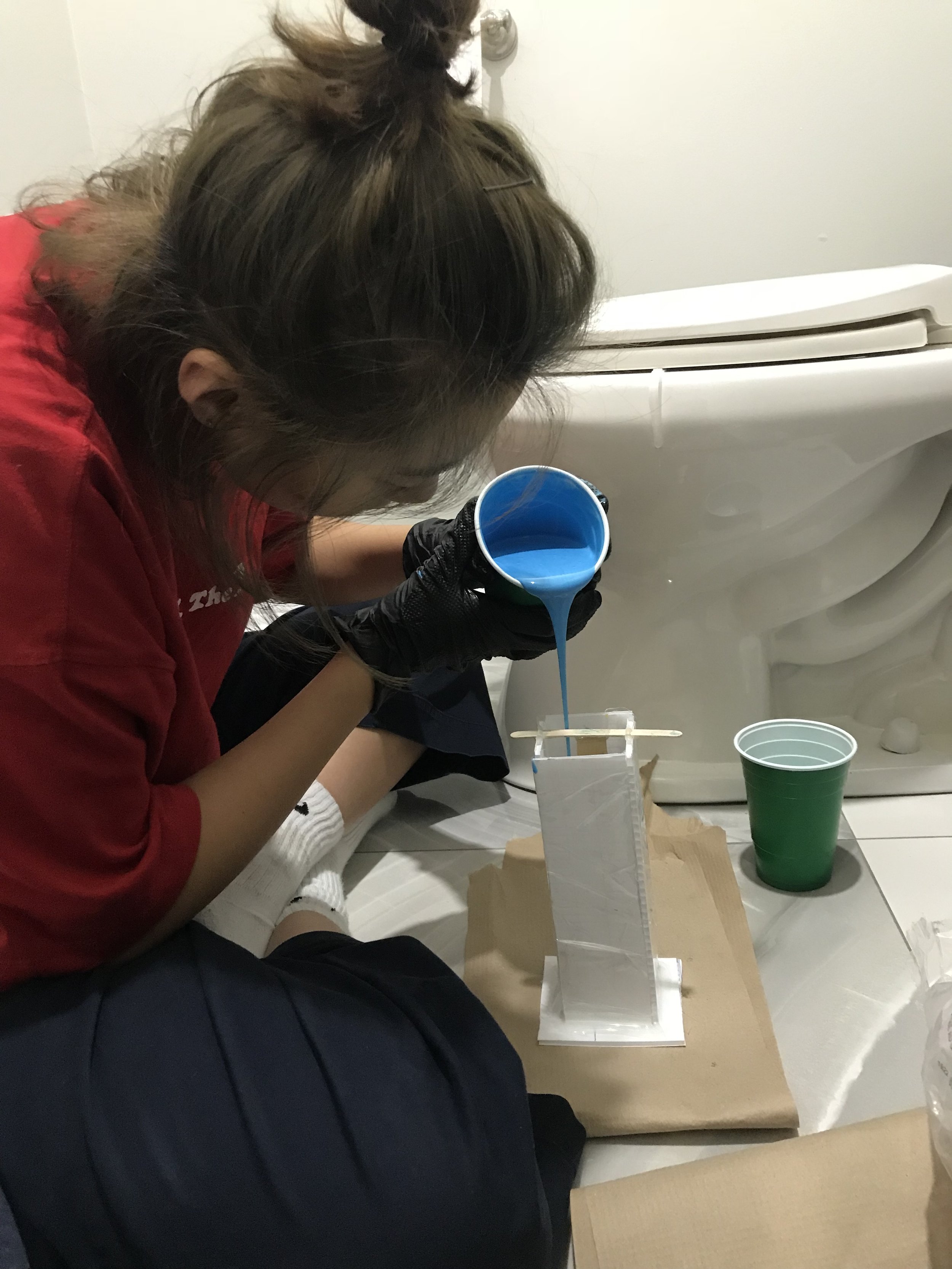SWITCHWARE at baycrest centre
Description
Designing Assistive Devices
Working on a collaborative design team at OCAD, I undertook the Switchware project in partnership with Toronto’s Baycrest Centre, the Samuel Lunenfeld Mountainview Club. The goal of this project was to create assistive dining devices to make it easier for people living with dementia to eat, without the stigma that is associated with using such devices .
Our group designed a set of utensils based on the principles of optimizing independence for Baycrest clients while at the same time reducing caregiver workload. There were three components to our design: sense stimulation, improved ergonomics, and modularity.
The textures on the back of the spoon help to stimulate blood flow and create a new sensation for users whose sense of taste has been reduced by age.
We improved the shape of the handle to make it easier for users with a variety of hand sizes and grip strengths to hold onto the utensils.
We designed the utensils to be modular, thus enabling caregivers to easily switch cutlery in between meals for clients with severe dementia who refuse to let go of their spoon or fork.
Our team interacted directly with end-users, the Centre’s staff, and other stakeholders, making a final presentation to the Centre’s innovation staff and receiving their critique.
Group members included Shu Jun Zhang, Terra Pham, and Aryeh Bookbinder.
Process
Initial Concepts
Alternative assistive device idea to help adults living with demintia put clothing on in the right order without forgetting any articles of clothing. The group decided to focuse on creating an assistive device for improving eating.
Initial sketch by Shu Zhang
Sketch by Shu Zhang exploring different ergonomic handle forms of the utensils
Prototypes
Our group focused on creating a set of utensils to enhance the eating experience at Baycrest for staff and clients. We decided on the following design criteria our utensils must be in order to best improve the eating experience for Baycrest clients.
Must
Give seniors more control and independence in eating;
Enable those with cataracts glaucoma, or other vision impairments to better see their utensils;
Readily a accessible to the caregiver;
Utensils must be non-stigmatizing/infantilizing;
Utensils must be food safe and made of food-grade materials.
Should
Stimulate one or more senses;
Accommodate that various needs of seniors;
Be intuitive to be used by the caregiver and client;
Be lightweight, easy to grab, portable, and durable;
Be easy to store;
Be easy to mount and fasten;
Be compatible with existing plates and dining tools.
Could
Be a part of a larger dining set that enhances experience;
Provide seniors with more dining choices.
Simulation of a user with arthritis trying to pick food up with an earlier prototype.
Progress shot of carving the utensil’s ergonomic handle.
Shu pooring silicon to create a mould for the handle.
User testing of high-fidelity prototype.
Resin casted handles moulded and attached to connector
Plaster sculpted knife handle
Skills:
Collaboration
Photography
Video script writing
User research
Market research
Prototyping
Storyboarding
Tools used:
Adobe Illustrator
Mould-making
Final Prototype
Storyboard: Using switchware during meals
Product shots
Side profile of the spoon
Modular fork and spoon utencil heads can be interchanged.














